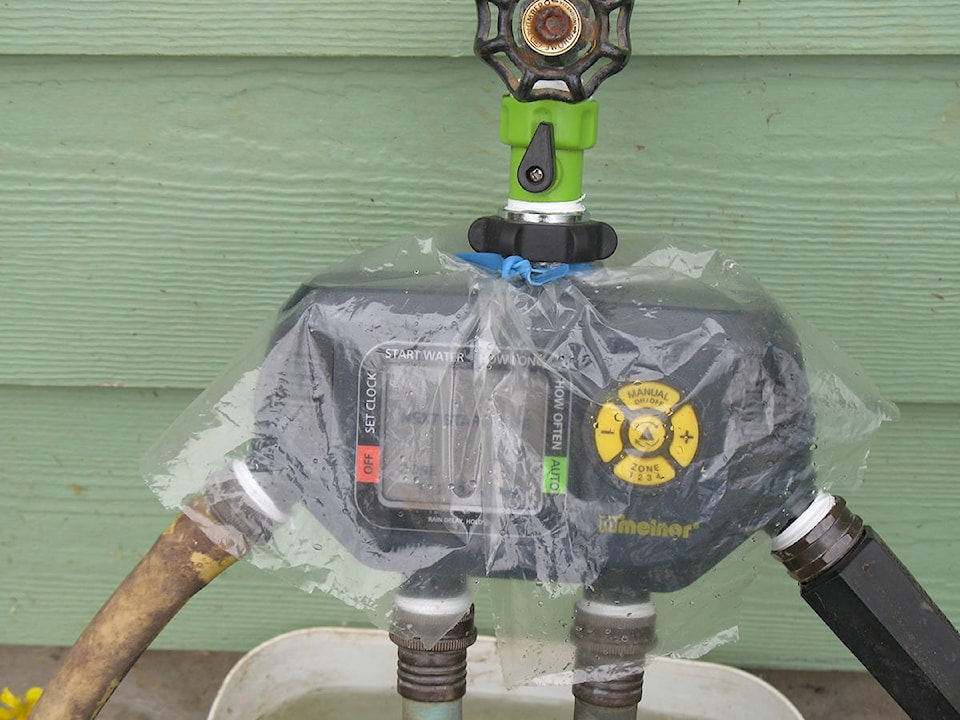By Mary Lowther
Historians are an argumentative bunch, given to bickering over petty details and judging past actions against the standards of their present day, so when they manage to agree on anything it is worth paying attention. The first civilizations, they say, grew up along the great rivers where arable land allowed agriculture to provide the surplus food needed for permanent settlement.
One of the earliest examples occurred in what is now Iraq, between the Euphrates and Tigris Rivers. As population increased the farmers increased their yield by digging an impressive network of canals to provide irrigation, accidentally creating the world’s first bureaucracy to maintain it. For millennia, farmers irrigated their fields with water from this system unaware that the water contained enough mineral salts to gradually unbalance the soil they irrigated until it could no longer sustain crops. Thus the Fertile Crescent became a desert.
In the upper Cowichan Valley winter rains readily leach out salts, so we shouldn’t share this problem. Nevertheless, it is wise to create a water retaining layer in the soil that our plants can access, to reduce our need to irrigate and avoid the addition of minerals that are present in the water.
Some crops can be grown here with little (if any) irrigation, but overwintering crops planted the previous summer need irrigation until the fall rains. After that they will do well without additional water to produce a fine crop the following spring. Seed packets and catalogs will indicate those crops designed to overwinter successfully.
Perennial herbs don’t need irrigating until early to mid-June once they’re established because they are quite hardy. Spring crops like lettuce, peas and early greens need little irrigation, but I’ve found that root crops sown outside grow better when I hand water them every day for the first week or two before laying down soaker hoses. During the heat of summer, some gardeners lay ice cubes over their sown seeds to cool and wet the soil at the same time. Does this qualify as agriculture on the rocks? Shade for the first couple of weeks for these summer-sown seedlings protects them from drying in the sun. A strip of material or opaque plastic held up over the plants or shingles propped up beside them can work.
Sprinklers don’t belong in the garden. Too much water evaporates and water is wasted irrigating unplanted land. Weeds and garden destroying bugs proliferate and disease causing pathogens stick to wet leaves. I use soaker hoses that have lasted many years and water exactly what I want, and only that.
Here’s a tip I just learned that I’ll try this year: at summer’s end, remove the end cap from the hose and run a stream of water through to clean out the hose before disconnecting it; this flushes out debris that may have accumulated. Drain the hose, roll it up and store it out of the sun so it won’t deteriorate.
I use a timer to ensure that my garden gets watered on a regular basis. My timer, made by Melnor, has four outlets that can be set individually, so I hook up four hoses that feed different parts of the garden. I set each one for half an hour, starting at 3:00 AM and ending at 5:00 AM. I’ve found their timers work very well, and when one didn’t, Melnor honoured their guarantee and sent me one that did.
I attach a connector to my water outlet first, wrap it with Teflon tape to ensure a good seal. I cover the timer with plastic to prevent rain or leaky tap water from getting inside the casing. This happened to me with a different timer, so I took it apart, allowed it to dry thoroughly and it worked again, but it’s better not to get it wet in the first place.
Emitter hoses, the solid plastic hoses that you punch holes into where you want water to spit out, work very well too and can last for years, but they may be more difficult to roll up and put away at the end of the season. They probably would work well in a perennial section of the garden where they can remain all year long. I’ve read that they should be purged with a mild bleach solution each year to halt the growth of algae, but Bob Duncan, owner of Fruit Trees and More in Sidney, never purges his lines and they work just fine.
Summer sown cover crops do need hand-watering each day for about a week to get them started before laying on the soaker hoses, but cover crops sown at the end of summer can be raked in to await fall rains to sprout.
Perhaps if the Mesopotamians in the Euphrates Valley had used cisterns to catch rain, they could have flushed the soil during the dry season and washed out the salts. As it is they serve as an object lesson of how not to irrigate that we all need to learn from.
Please contact mary_lowther@yahoo.ca with questions and suggestions since I need all the help I can get.
